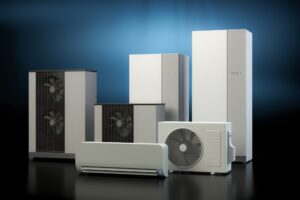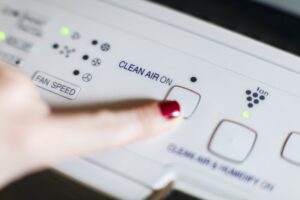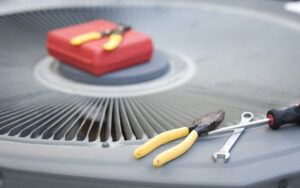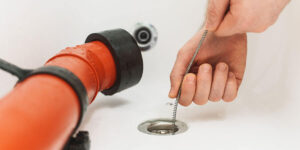Blog

Is It Time for a New Heat Pump in Greensboro, NC?
Although your current heat pump may be serving you well at the moment, there will come a time when you’ll need to… Continue Reading Is It Time for a New Heat Pump in Greensboro, NC?

3 Signs You Have Poor Home Air Quality in Winston-Salem, NC
Home air quality is a critical aspect of indoor comfort that residents of Winston-Salem, NC, can only neglect or compromise on at… Continue Reading 3 Signs You Have Poor Home Air Quality in Winston-Salem, NC

Learn About the Trane CleanEffects Whole-Home Air Cleaner
What comes to mind When you hear the word pollution? You likely think of smoggy cities filled with factories and highways littered… Continue Reading Learn About the Trane CleanEffects Whole-Home Air Cleaner

Learn if You Need to Schedule an Air Conditioning Repair
An air conditioner that operates without trouble is a lifeline during the scorching summer months in Winston-Salem, NC. But even the most… Continue Reading Learn if You Need to Schedule an Air Conditioning Repair

Do You Need Drain Cleaning Services in Greensboro, NC?
You have many drains in your home. The two most susceptible to clogging are your kitchen sink and toilet drains. If you… Continue Reading Do You Need Drain Cleaning Services in Greensboro, NC?
